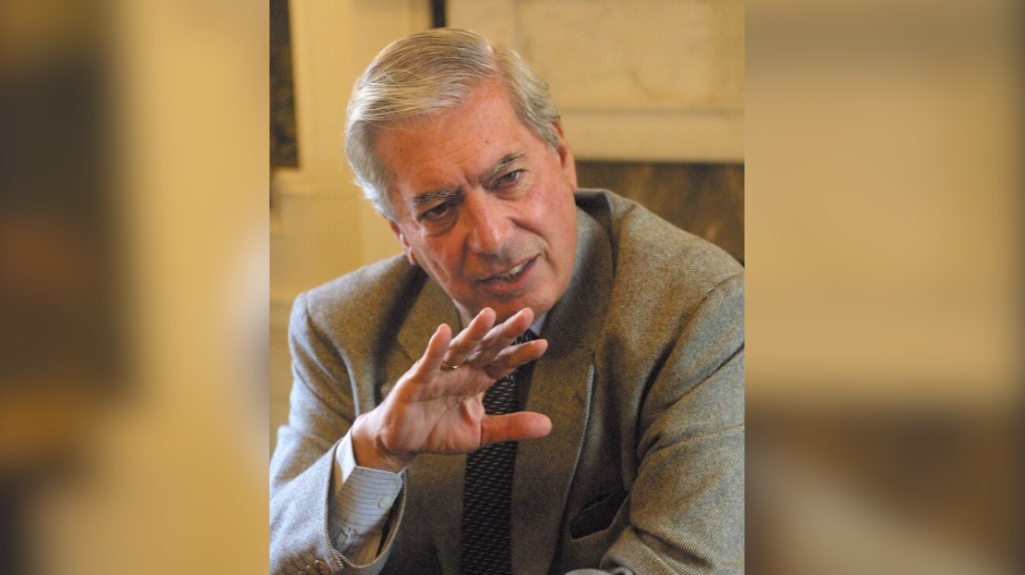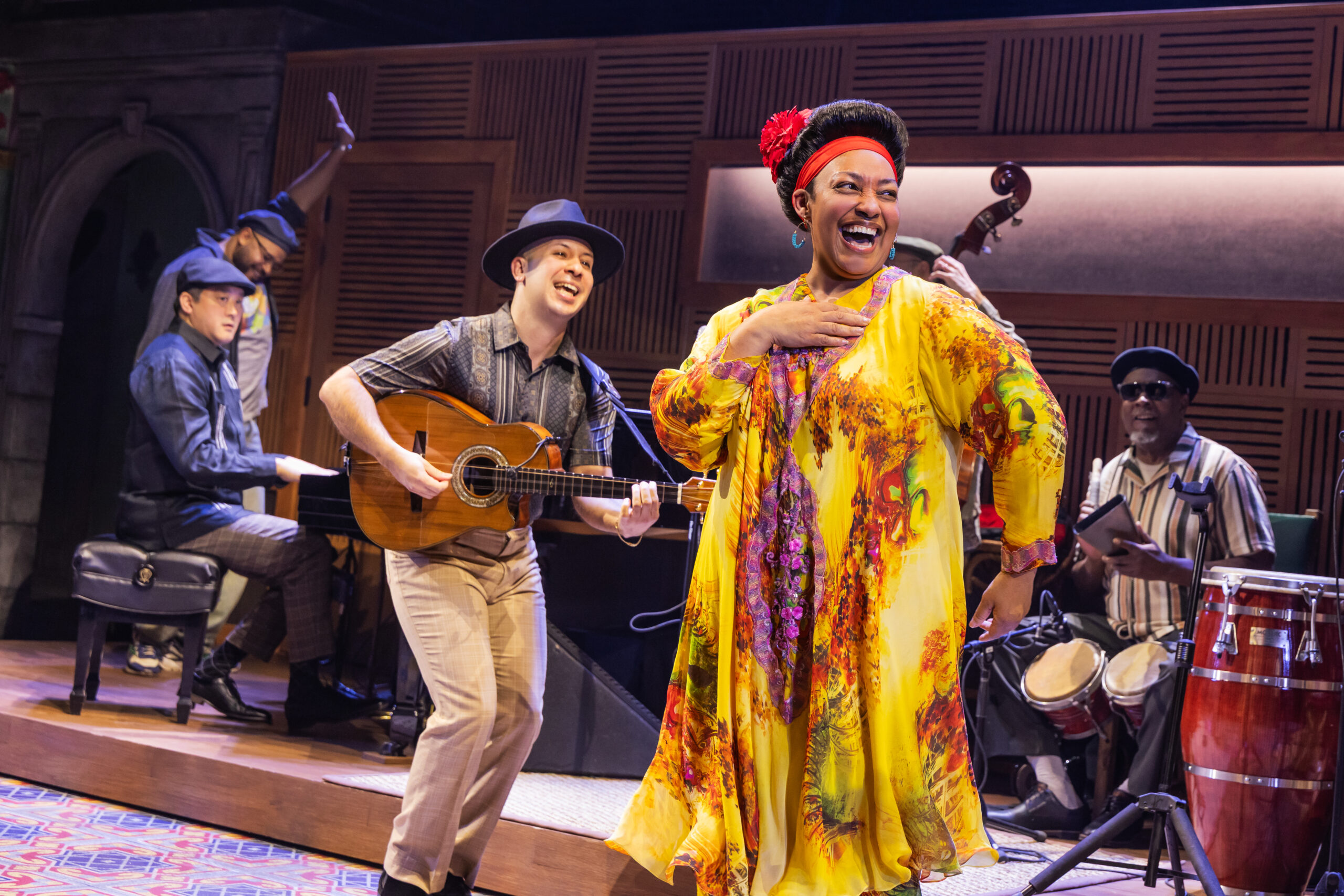LatAm in Focus: Creating, Rebuilding, and Reinventing Latin American Cities
LatAm in Focus: Creating, Rebuilding, and Reinventing Latin American Cities
By
Luisa Leme
and Carin Zissis
Listen: Experts from 100 Resilient Cities and the Getty Research Institute cover how the past and future connect in the urban areas that the vast majority of Latin Americans call home.









